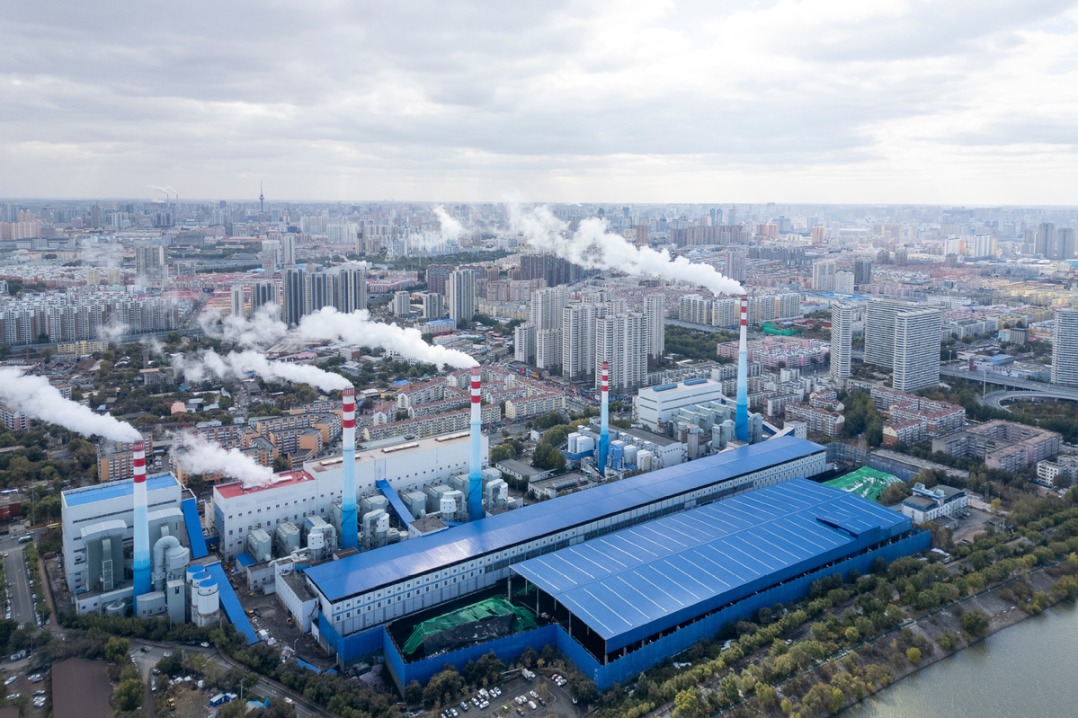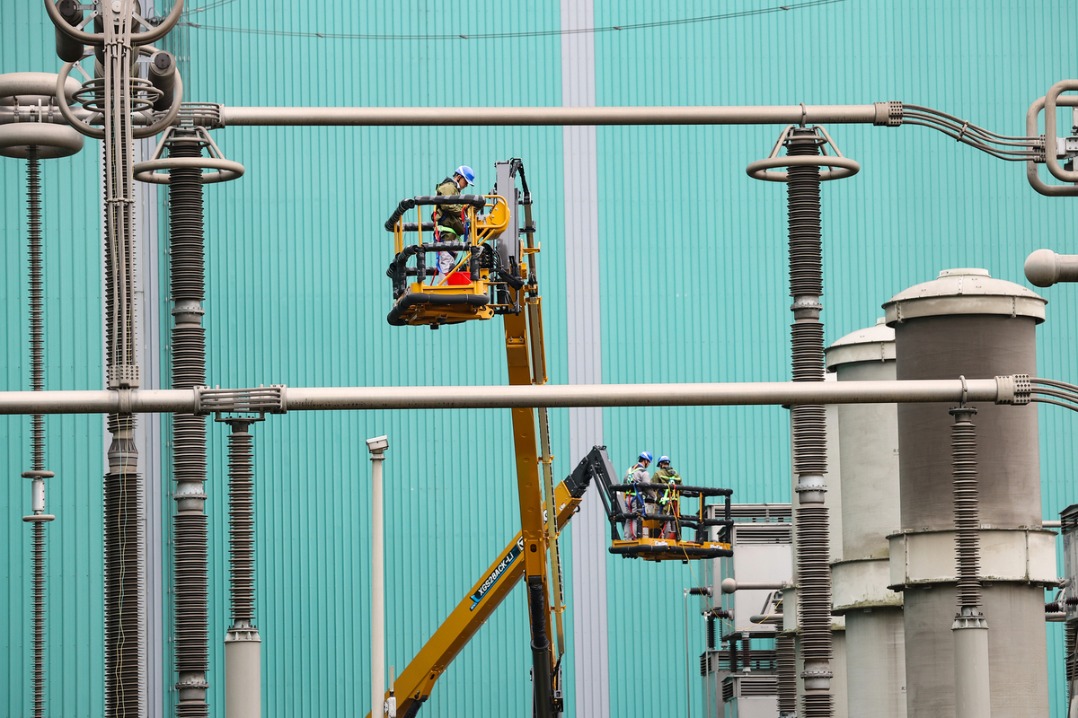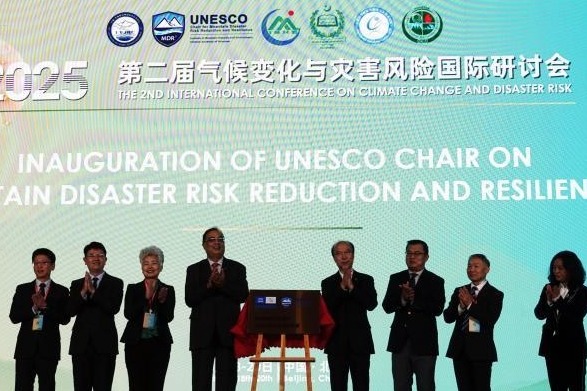Chinese researchers conduct in situ measurement of lunar dust at Chang'e-3 landing site


LANZHOU -- Chinese researchers have successfully conducted an in situ measurement of lunar dust at the landing site of the country's Chang'e-3 probe.
Using a temperature-controlled sticky quartz crystal microbalance onboard the Chang'e-3 lander, researchers from the Lanzhou Institute of Physics determined that the total deposition mass at a height of 190 cm above the lunar surface during 12 lunar daytimes in the northern Mare Imbrium was about 0.0065 mg/cm2.
A paper on the research results has been published in the Journal of Geophysical Research: Planets, a leading international journal in the area.
As lunar dust is regarded as the most crucial environmental problem on the Moon, the research results are "strategically important for future human and robotic lunar expeditions," according to the researchers.
The research can "provide a valuable reference for the protection of payloads from exposure to lunar dust particles for future lunar exploration missions," said the paper.
A part of the second phase of China's lunar exploration program, Chang'e-3 soft-landed on the moon's Sinus Iridium, or the Bay of Rainbows, on Dec. 14, 2013.





































